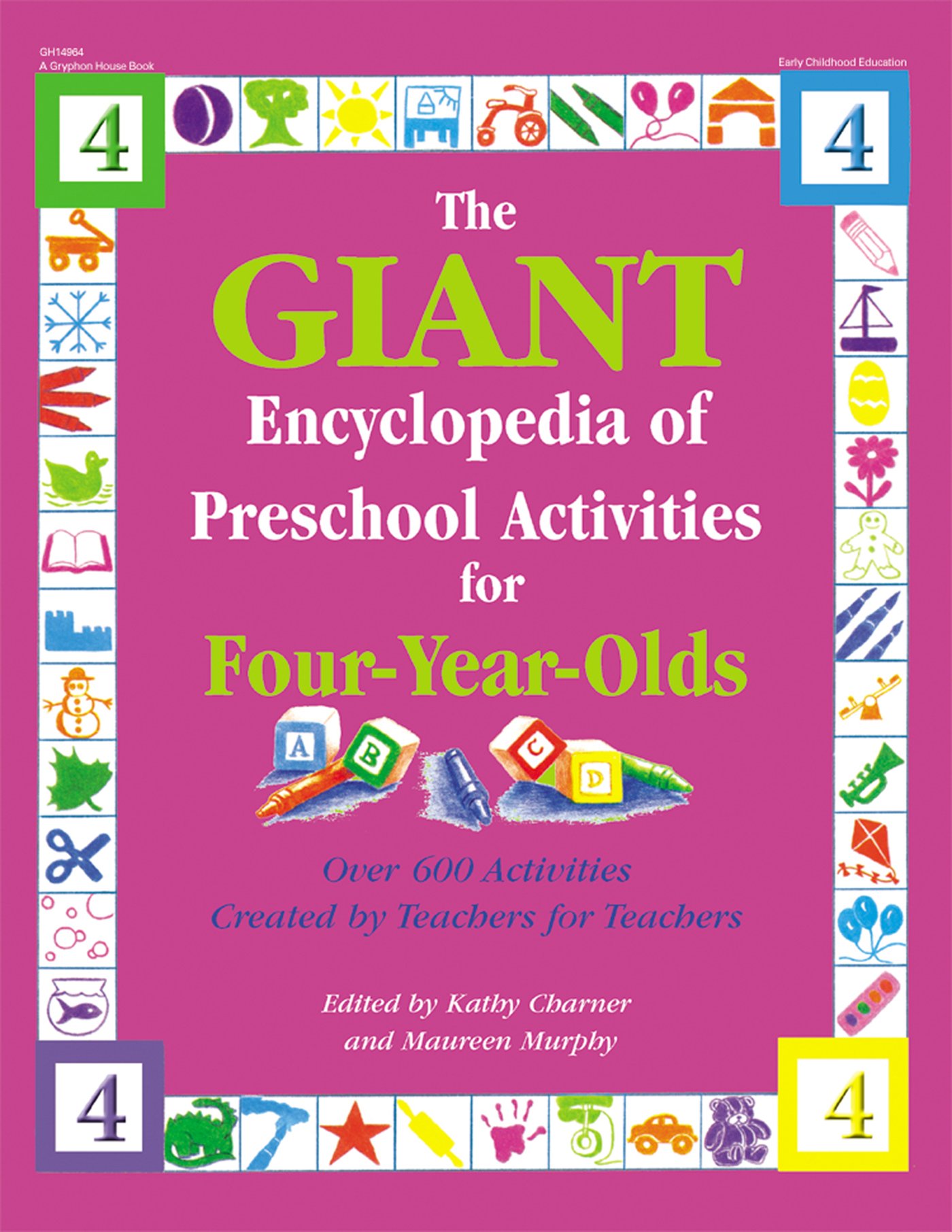Materials
- None
What to do
1. Many four-year-olds have difficulty distinguishing between events that are absurd and those that are conceivable. This activity helps to clear up the confusion.
2. Discuss the meaning of the words "possible" and "impossible." When you feel that the children understand the definitions, present a series of statements and ask the children to respond with either "possible" or "impossible." Some examples are:
- Elephants can fly.
- A bear sleeps in a bed.
- Children ride bicycles.
- Cats drink milk.
- A gingerbread man can talk.
- Zebras can drive cars.
More to do
Discuss the possible/impossible statements at story time. Ask the children if they think the things that happen in the story are possible or impossible. Encourage the children to use examples from the story to support their decisions.
Poem: April Fool
Little bears have three feet
Little birds have four feet
Little cows have two feet
Girls and boys have more
Do you believe this story? Do you believe this song? I can tell it once a year,
When April comes along.
April Fool!
-Iris Rothstein, New Hyde Park, NY
Instructions
1. With the children, explore facts about butterflies. Read the children stories about butterflies and show them pictures and exhibits of butterflies. If possible, order a kit of live caterpillars to watch the whole process.2. Precut tissue paper rectangles into thick "dogbone" shapes (these will be butterfly wings). Keeping the center of the bone thick provides a more gathered look for the wings.3. Cover the work surface with newspaper. Give each a sheet of wing-shaped tissue paper to decorate. Caution the children to color the wings gently so the tissue paper will not tear. (It is best to avoid completely filling in the wing area with the marker.)4. Help each child write her name on her wings using a ballpoint pen (gently). Allow the wings to dry.5. Give each child two pipe cleaners. Help the children fold one of the pipe cleaners in half.6. Slide the tissue butterfly through the folded pipe cleaner and gather gently. Twist the doubled pipe cleaner together about 1" to 2" (2 cm to 5 cm) from the fold to secure the wings. Extend the remaining ends and curl the tips for antennae. Adjust the gathers in the wings.7. Slip the second pipe cleaner through the body of the butterfly, being careful not to tear the wings. Then, carefully bend the pipe cleaner to encircle the child's wrist. The butterfly is now on top of the wrist.8. Copy the following fingerplay onto chart paper. Practice reading the rhyme with the children until they are familiar with it. (Make a copy for the children to take home with their tissue butterflies at the end of the activity.)Seven Little ButterfliesThe first little butterfly flutters in the sun.How many butterflies? Only one.The second little butterfly islanding on my shoe!Now let's count them: oneand two.Here is the third one, floating by the tree.Let's count them all: one, two, three.The fourth little butterfly adds one moreAnd again we count: one, two, three, four.The fifth little butterfly goes so high!We see one, two, three, four, five.The sixth one knows some flying tricks!One, two, three, four, five, and six.The seventh one isn't too far from heaven.One, two, three, four, five, six, seven.9. Choose seven children at a time to dramatize the rhyme. Encourage the children to "fly" from one location to another as the rest of the children recite the poem. Practice first indoors and then move outside. Make sure every child gets a turn.More to doLearn about the life stages from caterpillar to butterfly.Art: Demonstrate symmetry by making blob paintings. Drop "blobs" of tempera paint onto paper, fold it together, press with the fingertips, and then open it to reveal a symmetrical design.Literacy: Make word cards for the rhymes: sun, one; shoes, two; tree, three; tricks, six; seven, heaven. With word cards, let the children match the cards to the words on the chart.More Literacy: Discuss the ordinal words from the poem: first, second, third, and so on.
